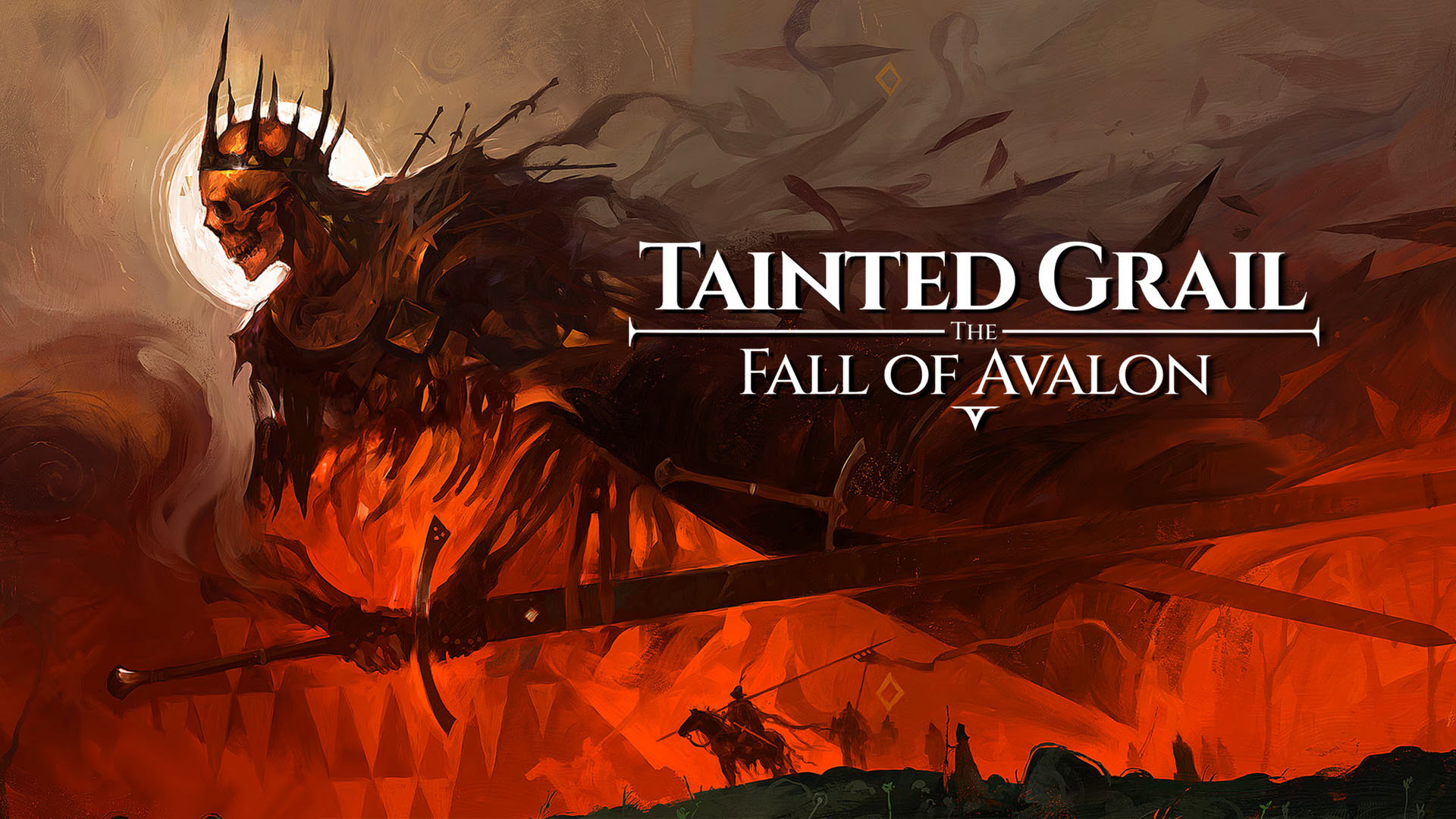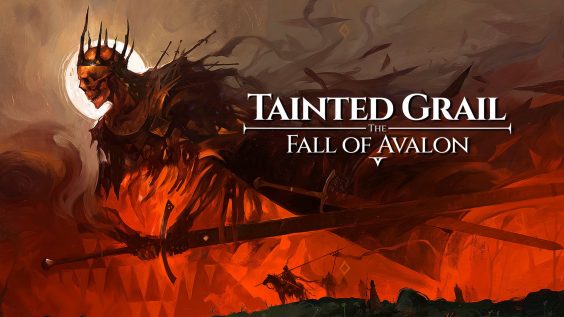Every gamer has a beloved title that inspires them. Few developers, though, dare to channel that passion into crafting something as expansive as genre-defining RPGs. Questline’s Tainted Grail: The Fall of Avalon aims to merge Arthurian mythos with open-world exploration akin to legendary franchises. But does this dark reimagining carve its own legacy, or crumble under the weight of ambition?
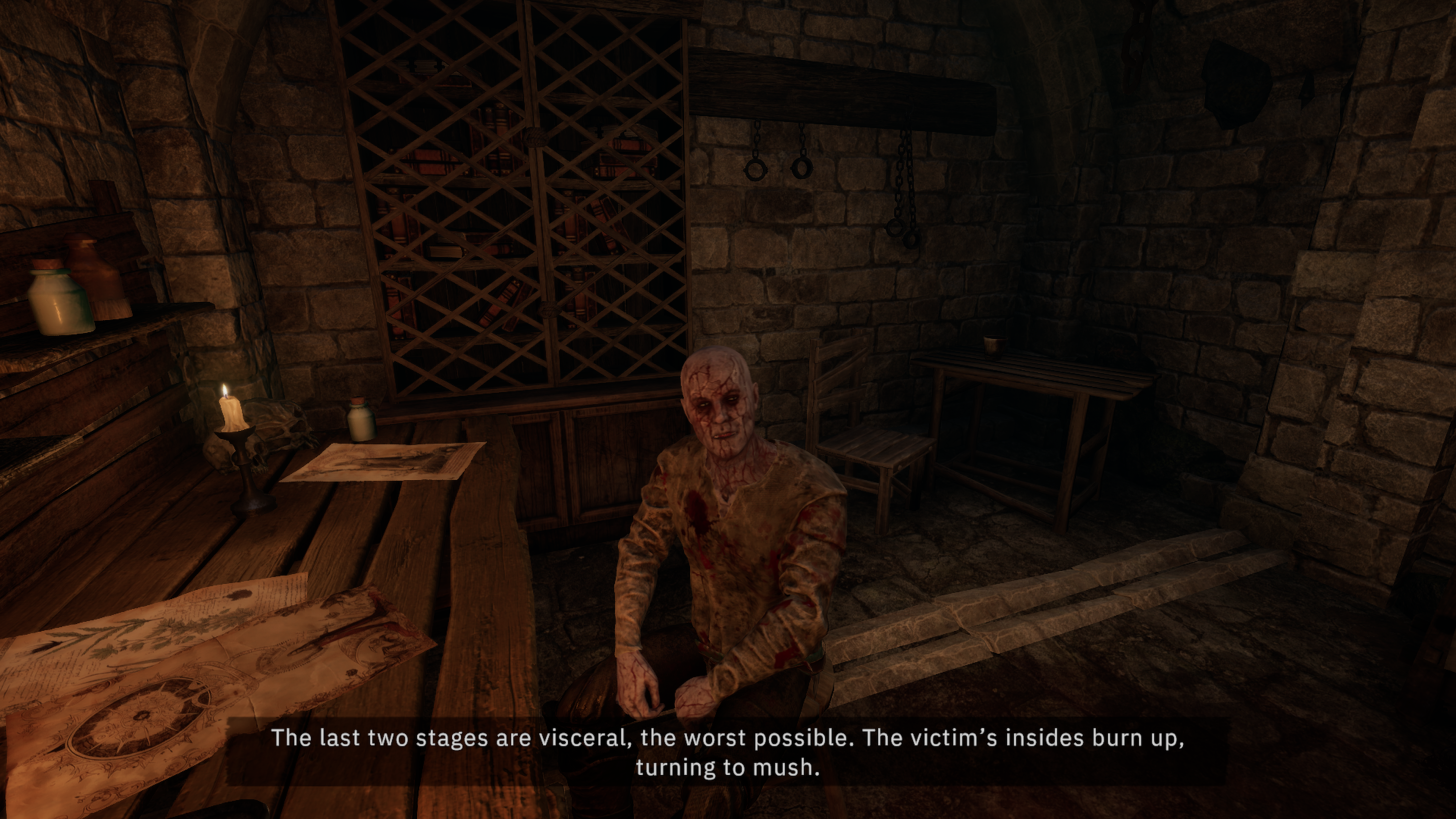
Set six centuries after King Arthur’s flight to Avalon, the realm now languishes under the Red Death—a gruesome plague consuming its inhabitants. Players assume the role of a nameless convict spared by Arthur’s fragmented soul, granting immunity to the blight and supernatural combat abilities. The quest? Retrieve Arthur’s scattered relics to reclaim his power and confront Avalon’s decay. Narrative choices early on shape your character’s stats, though restarting isn’t necessary: opting for fiery magic over healing, for instance, nets a handy fireball spell for the opening hours.
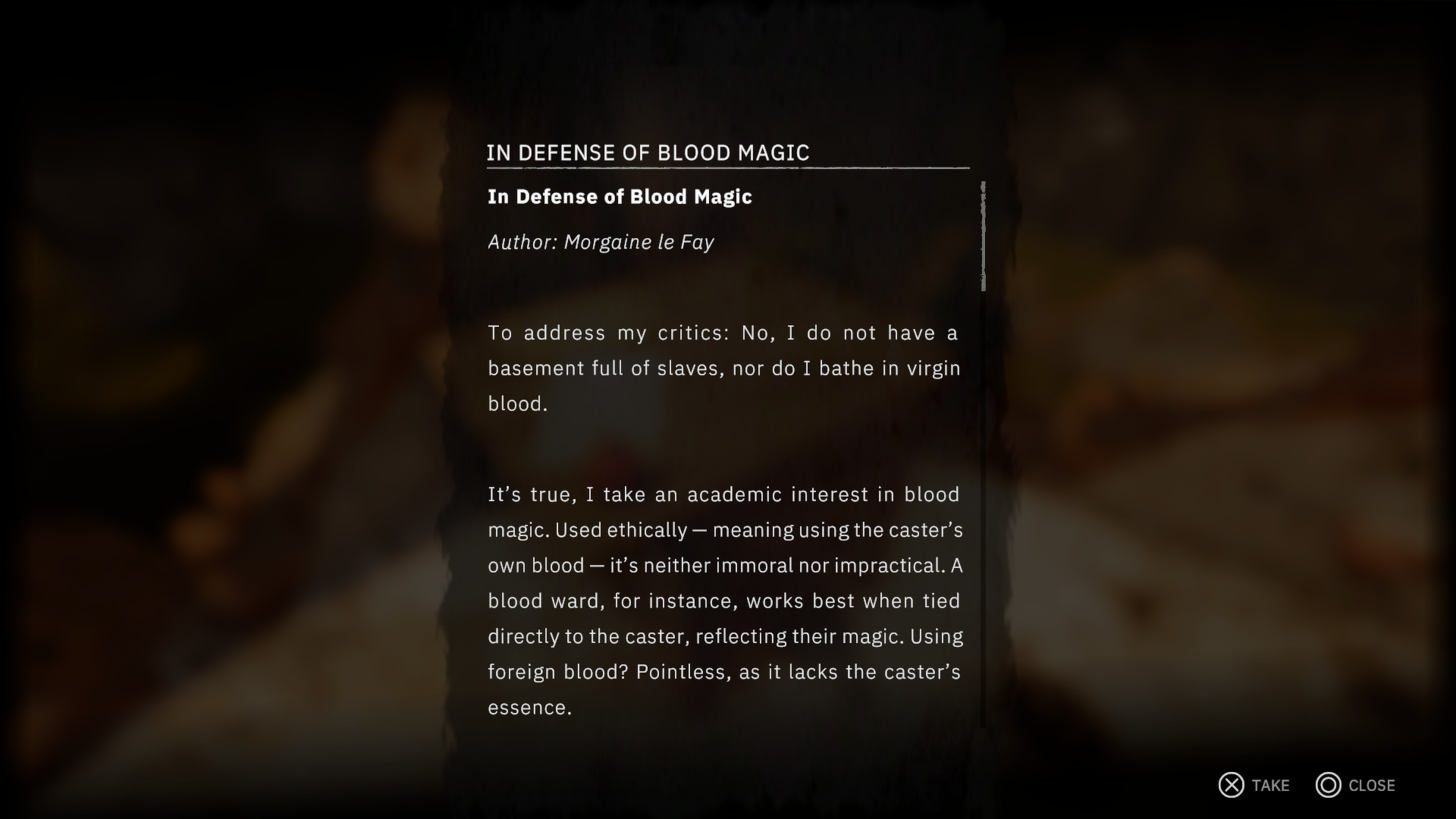



Combat proficiency evolves organically: swinging swords boosts melee skills, while archery improves with each shot. Magic, however, lacks specialization depth—spells fall under a single skill tree. This streamlined approach encourages experimentation, letting players swap weapons without penalty. Attribute and skill points offer flexibility, though gear stat requirements demand balanced investments. Origin potions (respec items) mitigate mishaps, like losing a limb to a poorly judged crocodilian encounter.
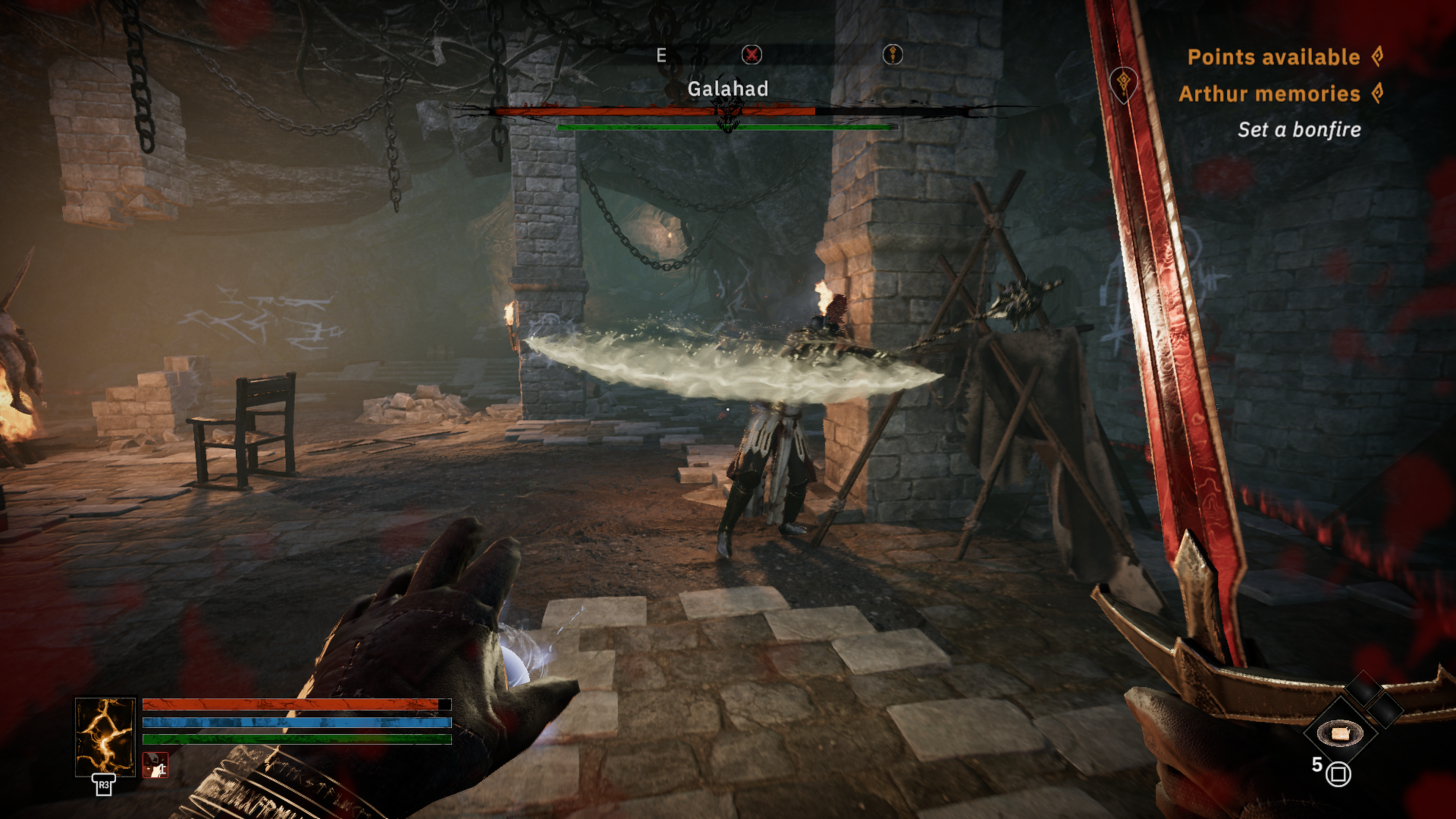



Despite its sprawling 60+ hour runtime and branching quests, technical flaws mar the experience. Persistent bugs plagued my playthrough: faction leaders vanished after being slain, locking critical story paths. Autosave stutters and crashes (even on PS5 Pro) interrupted exploration, while NPCs occasionally teleported or died offscreen. Retrieving Excalibur required brute-forcing a puzzle after Sir Galahad’s untimely demise, leaving narrative threads dangling. Visually, Avalon’s haunting beauty clashes with erratic performance—textures pop-in, framerates dip, and lighting glitches haunt dim corridors.




Tainted Grail’s potential shines through its irreverent humor and systemic freedom—dual-wielding cheese wheels or transforming foes into dairy products never gets old. Yet, without post-launch polish, this flawed gem struggles to escape Early Access’ shadow. For now, Avalon’s fallen realm remains a promising concept begging for refinement.
Pros
- Flexible combat rewarding weapon diversity and spell experimentation
- Wry humor balancing grim narrative tones
- Unique gear enchantments and dual-wield freedom
- Nonlinear faction alliances and quest resolutions
- Cheese-based sorcery (yes, really)
Cons
- Frequent crashes and performance hiccups
- Bugged NPCs breaking progression
- Cumbersome inventory management
- Overly aggressive autosave interrupts

